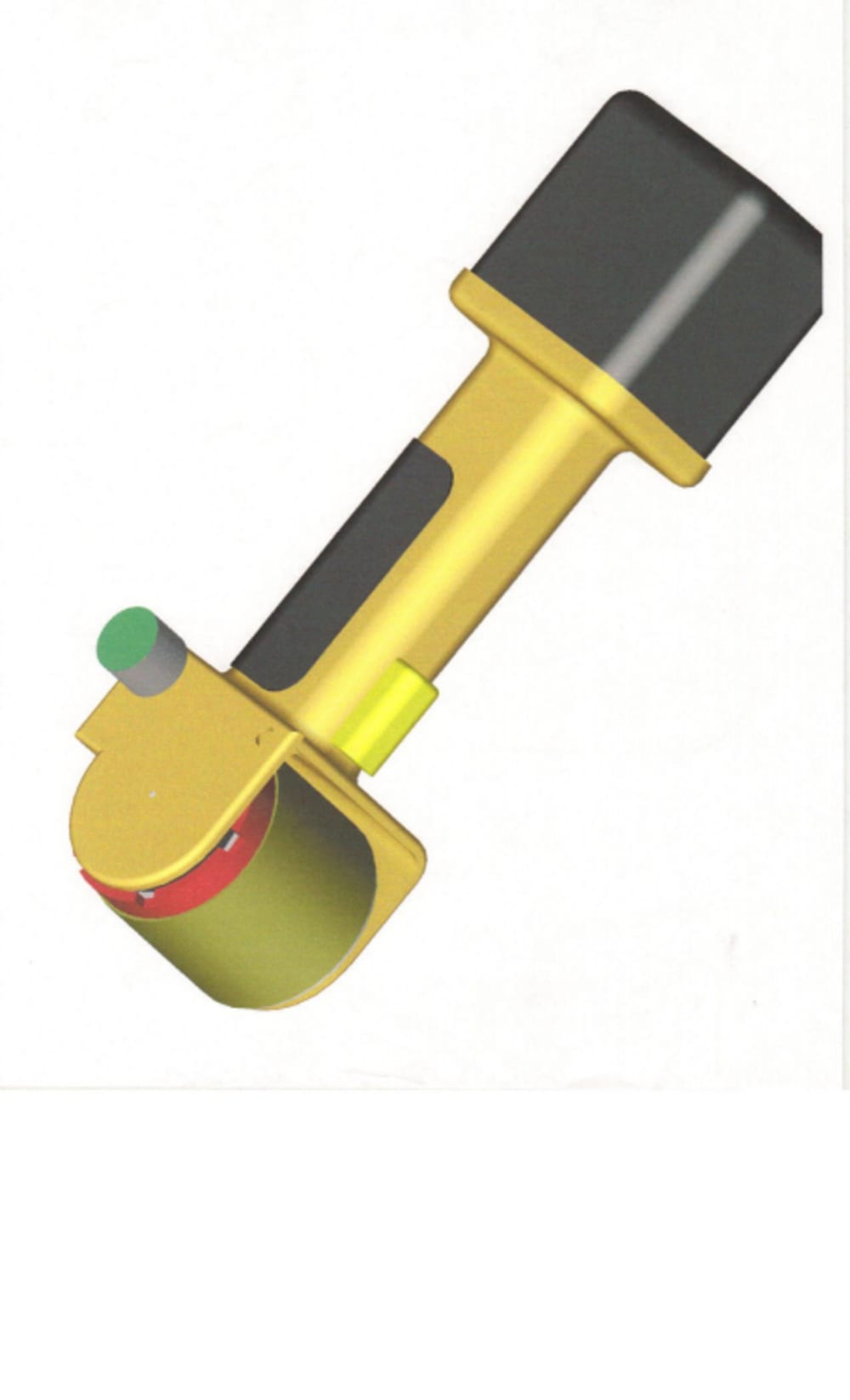A sander is a power tool used to smooth wood and automotive or wood finishes by abrasion with sandpaper. This tool would allow the finishing of irregular shaped by using a hand held drum sander. It also is in particular a self-contained power driven device having a novel method of driving and supporting the sanding drum and retaining the sanding substrate. This device will facilitate the ability of the average handyman to smooth and finish irregular shaped objects, such as table legs, gun stocks, etc., without the need to resort to laborious hand sanding that is required at present for these tasks. This device can also be used for many other finishing functions, similar to a general woodworking sander.
The sander is composed of four major assemblies. The battery or power supply is a self-contained rechargeable power supply. The battery plugs into a connector on the main circuit board and provides all the power to drive the motor assembly. The main housing contains the mounting structure for the battery, motor assembly, grip, circuit board and end cover. The two halves of the housing are joined together by screws. These same screws retain the trigger and the circuit board. The grip is a rubber molded cover that is mounted to the main housing to relieve operator hand fatigue caused by the operation of the sander. The trigger mounts into the main housing and activates a switch on the main circuit board when the operator depresses the trigger.. When the operator depresses the trigger, the motor assembly is activated and the drum rotates. The motor assembly contains the prime mover element and a device for clamping and retaining the cutting tool.
The clamp nut threads onto the motor assembly and when tightened compresses the rubber sleeve. The rubber sleeve is contained on its end, opposite the clamp nut by the flange on the motor assembly. Therefore, the rubber sleeve expanses radially when it is compressed by the clamp nut. This radial expansion of the rubber sleeve retains the sand paper to the motor assembly. The rubber sleeve becomes shorter in length because the clamp nut is compressing it, and this displaced volume of rubber material makes the inside diameter smaller and the outside diameter larger on the rubber sleeve. This swelling action of the rubber sleeve clamps the sand paper to the motor assembly.
The motor assembly is a fixed shaft motor. The center shaft of the motor does not rotate, but is fixed to the right housing by a press fit into a sleeve molded into the right housing center bore. The motor assembly is therefore constructed inside out from conventional rotating shaft motors. The motor stator is pressed fit onto shaft, against the shoulder on the shaft. The stator is laminated and has wires wound in the slots of the laminations to provide a rotating field near the rotor (magnetic). The attraction and repulsions of these rotating magnetic fields are the force that provides the power for the tool.
Like this entry?
-
About the Entrant
- Name:Frank Houghton
- Type of entry:individual
- Software used for this entry:SolidWorks
- Patent status:pending

